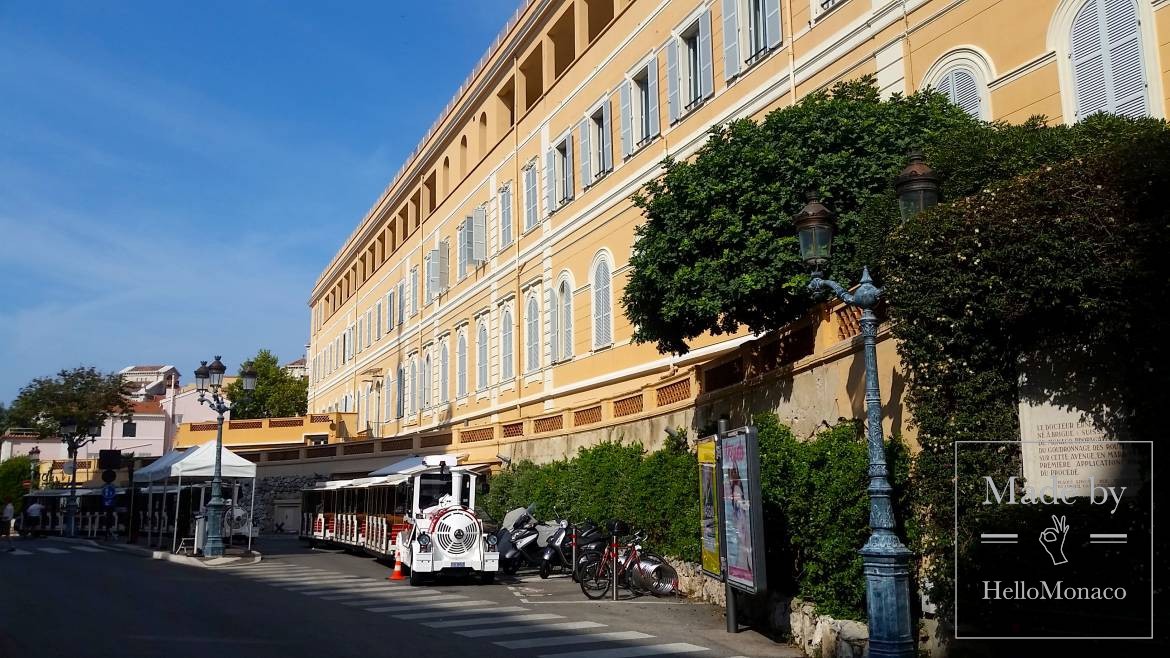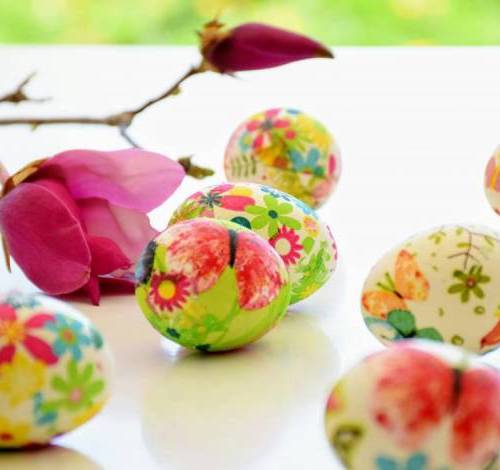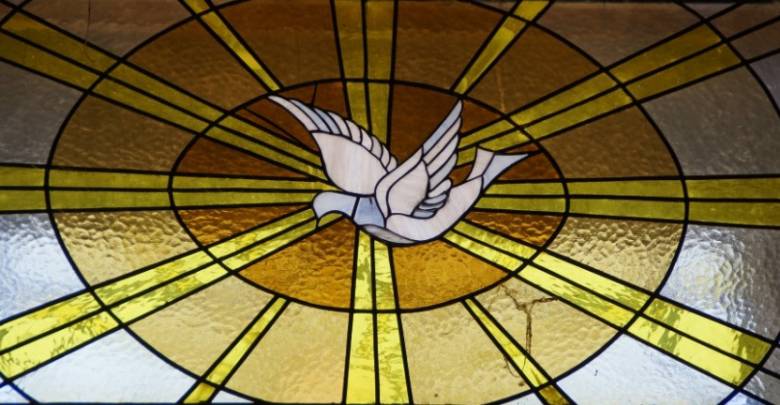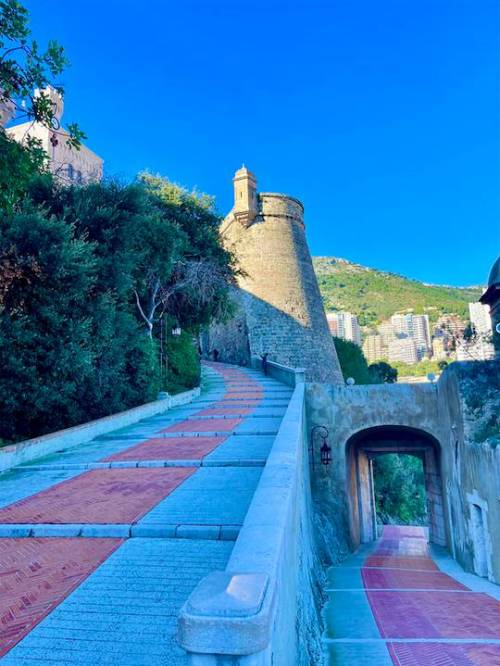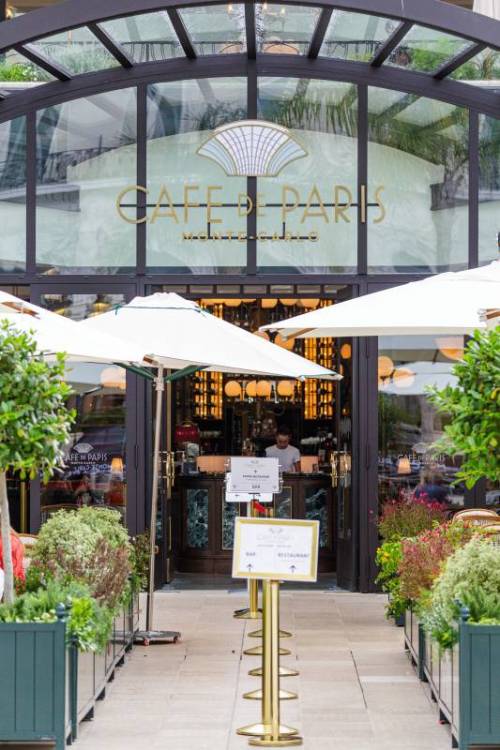Olivia Antoni, curator at the Prince’s Palace Archives told about the history of the Visitandines in Monaco.
You have researched this subject at length for your book. How did the Visitandines arrive here in the Principality, and what is their link with the Lycée Albert Premier?
The Visitandines arrived in 1663, and they have a long history. What many people don’t know is that the Lycée was once a monastery and it was constructed explicitly for them. So they arrived, at the will of one man, prince Louis I, who succeeded his grandfather Prince Honoré II and was appointed in 1662. In 1663, he decides to bring in the Visitandines to the first monastery for women for the first time on the Rock. So they installed themselves in a little house, they had absolutely nothing, because it was a closed order and nothing had been prepared for them. Bringing the Visitandines here was the will of the Prince, this is well-known, but it was equally his wife’s desire.
You possess here in the Prince’s Palace, traces of Charlotte of Grammont.
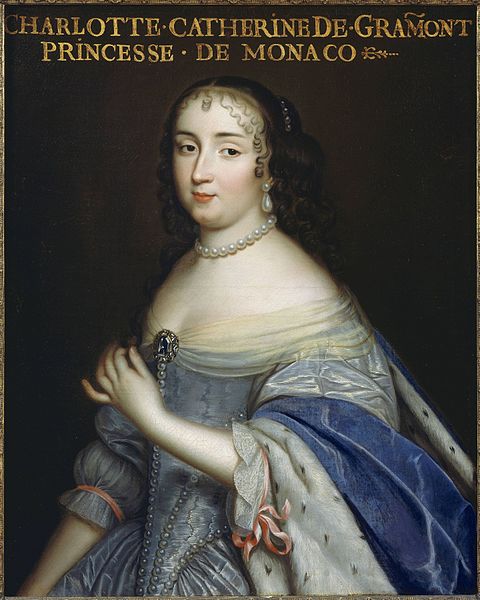
Yes, absolutely. The first princess of Monaco, died relatively young, she was only 38 years old, and she wanted her body to rest in Paris, because she died in Paris, and that her heart be taken to Monaco to be close to her daughter, who was one of the first Grimaldi Visitandines of the family, Louise Marie Therese. Her heart was later transferred in the 19th century, once the order of the Visitandines didn’t exist anymore, to the Palatine Chapel.
Many Princesses of Monaco were Visitandines?
Yes, absolutely. The first was Louise Marie Therese, we no longer have her portrait because it’s in Saint Raymond, which is where she died. But it is perhaps more interesting to talk about the first princess and the only reigning Princess of Monaco, who was Louise Hippolyte. She wasn’t a Visitandine, because she was reigning princess, but she was a pensioner and that is very important to note, because she was very cheeky. She would ring the bells at 2 am, and wake up the entire convent. Her father was terrified, but it was very funny.
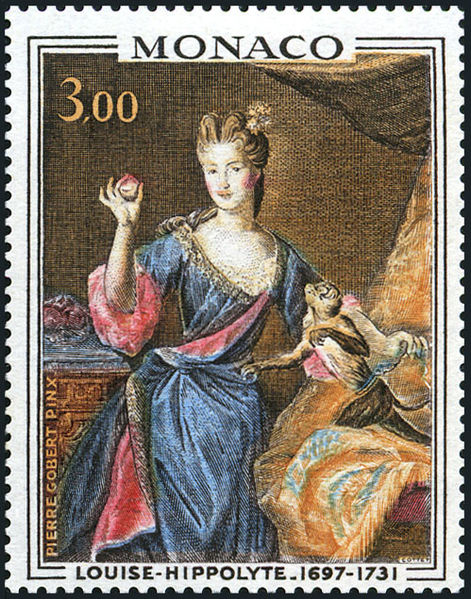
And Princess Charlotte of Monaco?
The daughter of Princess Louise Hippolyte was truly a Visitandine, she wasn’t a Visitandine in Monaco, but in Paris.
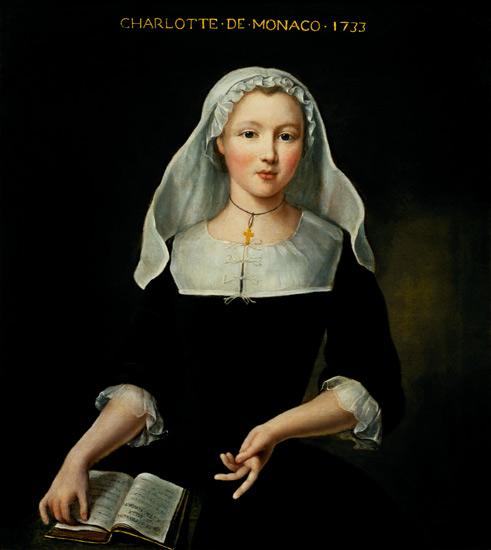
Here, in the Archives Centre of the Prince’s Palace, you possess numerous documents about the Visitandines and their daily lives?
Unfortunately, many documents disappeared during the French revolution. They were dispersed and we don’t know where they are anymore, but we still have some traces. Documents from doctors who frequently visited the Visitandines when they were ill. There are documents with all the remedies of the time. And there are receipts and bills from that time, for example, from local trades people from Monaco.
The Visitandines also had an important network of services from other Visitandines, between them they would send each other letters, vegetables like peas and anything their gardens would produce. Their gardens were very important, but unfortunately, they do not exist anymore. It’s difficult to imagine what it was like at that time, since there is no representation of the monastery in the 18th or 17th centuries. Currently, the only representations we have are from the 19th century. Generally, they are not centered on the monastery itself. For example, from Sousa, an artist who drew the monastery, but did so primarily to represent the barracks, which were in the monastery at the time, and it’s shown from a relatively far distance. There is also Du Roque who was a photographer who photographed the monastery, but we only see a part of the monastery. What’s interesting is the powder shops, which were constructed under its reign.
And which can give us a rare view, because the museum didn’t exist at this time.
Exactly, it was constructed in 1910 by Albert I, and at the time only the powder shop was there.
There is also an artist’s representation of the creation of the monastery.
Exactly, it was imagined because it was created in the 19th century by German painters, who had nothing in common with the local history. Prince Charles III had asked these German painters to recreate the most important events in Monaco’s history, and one of these events is the founding of the monastery. They put Prince Louis I, Princess Catherine Charlotte, and imagined a multitude of people who were there. But in fact, we don’t know how it really happened. We know that it was in 1670. On the other hand, the monastery at that time was definitely not finished. It would be completed 5 years later.
And it changes form over the years. Like you said earlier, it was eventually used as barracks.
Unfortunately, the monastery sustained numerous changes, which began in 1792, when the sisters were driven away; all religious people were driven away. So it was used for grain, then became a revolutionary temple, then it became the barracks. All the damage that it sustained inside rendered the monastery unrecognizable, except for its shape, but other than that, everything was destroyed except for the chapel.
The chapel which still exists today, in the centre of Lycée Albert Premier.
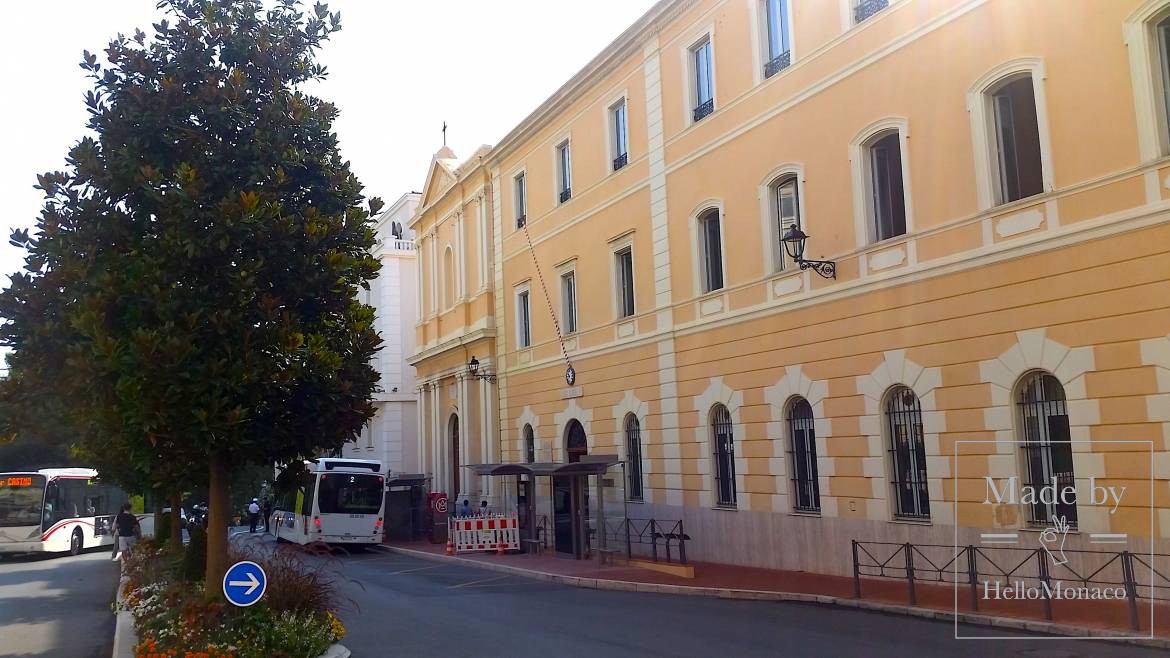
Exactly, it’s the Chapel of the Visitation. But, unfortunately, everything inside disappeared, the only thing that remains is the master altar, which is absolutely magnificent. The master altar, which resembles the one in Saint Raymond, because Marie Thérèse, was a Visitandine and mother superior at Saint Raymond, and she died there.
